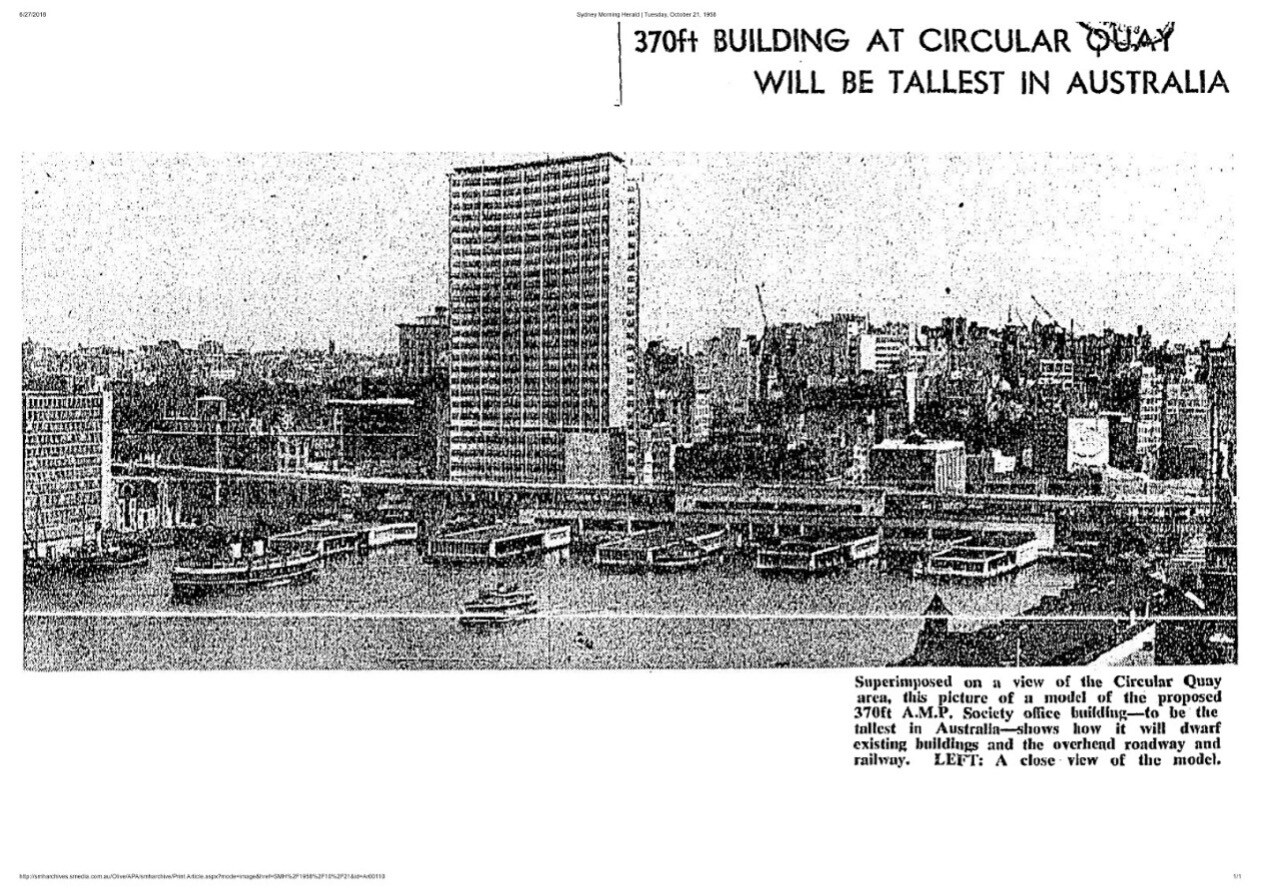A Short History of the Skyscraper
The history of the skyscraper is an ever-evolving testament to architectural innovation and urban evolution. Emerging in the late 19th century, skyscrapers revolutionized city landscapes, driven by advancements in engineering, materials, and a need for efficient land use.
The Home Insurance Building in Chicago, completed in 1885, is often considered the first skyscraper. It featured a new wave of construction innovation -- a steel frame, allowing for unprecedented height and stability.
Architects like Louis Sullivan and Daniel Burnham were pioneers in this new vertical architecture. Sullivan's designs emphasized form following function, integrating ornamentation with a celebration of structure, while Burnham’s planning of cities like Chicago laid the groundwork for modern skylines.
The early 20th century saw rapid advancements, with New York’s skyline being dominated by the Woolworth Building and the Chrysler Building. The Empire State Building, completed in 1931, held the title of the world’s tallest building for 40 years and still stands as a symbol of human ambition and the technological advances of its time.
In Australia, skyscraper development began in the mid-20th century, with the construction of the 25-story AMP Building in Sydney in 1962, marking the start of our high-rise boom. This era saw a shift towards modernism and urban consolidation, reflecting global trends elsewhere.
Now, it seems to be a race to the top. With technology leading the way, developers keep going higher and higher with their skyscraper ambitions. But how much is design compromised in this process, which ultimately is a feat of engineering?
What’s your favourite skyscraper?






